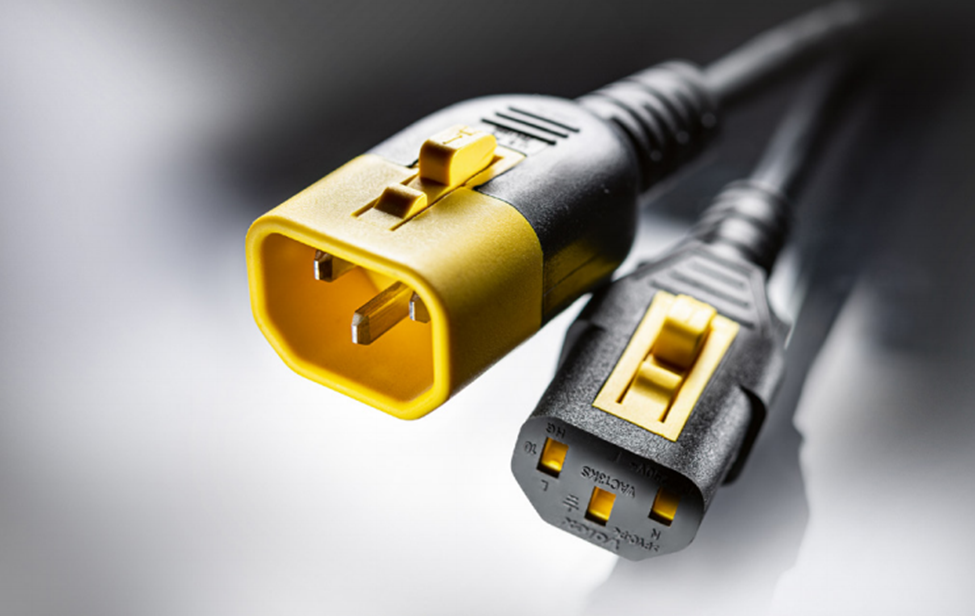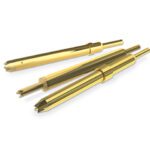Global Harmonization of the Appliance Coupler Standard
As the electronics industry continues to take steps towards global harmonization, the US and Canada will adopt the IEC 60320 standard for device plugs with minor deviations. This has significant implications for home healthcare products, portable medical technologies, household appliances, and consumer electronics.
By SCHURTER Inc.
 Global standards make it easy for both component and device manufacturers to evaluate sockets and plugs for use in their products. With standardization, you can be sure that the plug from European Manufacturer A will also work, without problems, with the socket from Asian Supplier B. Beyond that, standards provide assurance that products will adhere to a variety of safety standards, such as resilience against liquid, impact, or fire.
Global standards make it easy for both component and device manufacturers to evaluate sockets and plugs for use in their products. With standardization, you can be sure that the plug from European Manufacturer A will also work, without problems, with the socket from Asian Supplier B. Beyond that, standards provide assurance that products will adhere to a variety of safety standards, such as resilience against liquid, impact, or fire.
Harmonization with IEC 60320
The IEC 60320 appliance plug standard is part of a set of worldwide standards from the International Electrotechnical Commission (IEC). The lower main voltage level in North America resulted in the US and Canada using their own national standards for appliance plugs. In the US, the UL 498 standard for device plug approvals has been the accepted standard and in Canada it is CSA C22.2 no. 42.
In recent years, Underwriters Laboratories (UL) has largely adapted IEC standards. The advantages of such harmonization are obvious: Administrative efforts to maintain the standard can be minimized and approvals and the corresponding certificates (e.g., UL + CSA) can be combined. For UL, this also opens up an additional source of income by offering IEC approvals in its function as a testing laboratory.

Applicable Standard for Appliance Plugs in North America
The first publication of the UL 60320 standard took place in May 2011, but all new appliance plugs in North America will have to comply with this standard, called UL 60320-1 or CSA C22.2 no. 60320-1, by the final deadline of May 2021.
The UR and CSA test marks on applicable products are combined to form the joint cURus mark. (The UR mark is UL’s mark for certified products that are intended to be used inside of other devices.) The rating labels are adapted and, when necessary, individual improvements are made to the product itself to optimize the temperature behavior.

SCHURTER IEC 60320 connectors with the V-Lock cord retention system
Deviations Between UL 60320 and IEC 60320
Don’t be misled by the number 60320, which used in both the UL and the IEC standard. The two standards are not identical; although, UL’s standard is strongly based on IEC’s, hence the similar designation. National deviations for UL 60320 refer to the old IEC standard IEC 60320-1, ED.2.

Challenges for Suppliers
This change naturally poses several challenges for the manufacturers of appliance plugs. For example, the entire range of appliance plugs must be completely reapproved.
Since the temperature heating tests in the UL version are associated with higher requirements (e.g., 18.75A for a C13 connector), this can result in changes to the product itself (e.g., adapted conductor diameter). In addition, many product labels (e.g., test marks, ratings) must be changed, which necessitates tool adjustments in production.
Preparing for the deadline will require a lot of effort on the part of the component manufacturers. Many companies, including SCHURTER, reacted early and have already prepared for the approaching deadline. Nearly all SCHURTER connectors — save for a small handful — already comply with the new North American standards. (The details of the adapted data are listed and described in the “Approvals and Conformities” section of the data sheets for the tested types.)
It is essential for product designers to prepare for the IEC 60320 deadline now by selecting products that will meet the standards set for the future. This will minimize problems in the testing, approval, and manufacturing process and help ensure that your devices are compatible with adjacent equipment across North America, even before the deadline goes into effect. A proactive supplier of electronic components is a valuable partner as you prepare for this and other standardization efforts.





